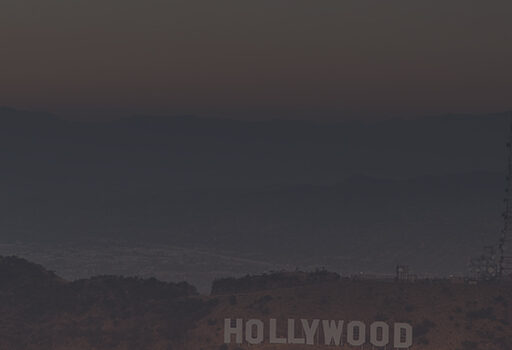Digital Marketing In a Digital Age
Odds are your business is familiar with and has spent a lot of time considering the huge variety of available digital marketing strategies. The world is becoming ever more digital, but will your efforts yield any results? For every Old Spice campaign there’s a BBH Labs Homeless to Hotspot debacle.
You’re not the only business questioning the validity of digital marketing — Hollywood sticks to mainly traditional marketing techniques, which has led to some criticism of their failure to adapt. But it’s foolish to anticipate any sort of “adapt or die” situation for Hollywood; they’re not going anywhere, even if they don’t start utilizing more widespread digital campaigns.
That being said, there are still fantastic examples within Hollywood that warrant careful analysis.
The Hollywood Multiplier
Hollywood is a game of numbers. Executives smarter than I am hedge multi-million dollar bets on a daily basis and need statistical evidence to make these decisions as informed as possible. As someone who spends their Sundays waiting for the weekend box office results, it’s impossible not to notice the creative bookkeeping used by studios to determine a film’s profitability.
Judging films on a commercial scale is tricky. No matter how astute you are, the studios will always know more than you. FilmSchoolRejects summarized the phenomenon as such:
The formula varies depending on who’s doing the math, but for our purposes a general (and as close to believable as it gets) rule of thumb seems to be that a film needs to gross 1.5 to 2 times its budget just to break even after production, marketing and distribution costs. So a movie budgeted at $100m needs to gross $150-200m before the first dollar of profit will be counted.
This explains why films like The Lone Ranger and John Carter have become the poster children of Hollywood’s impending doom, despite each grossing over $260 million dollars worldwide. For those interested, The Lone Ranger had a production budget of $215 million and John Carter’s production budget was $250 million.
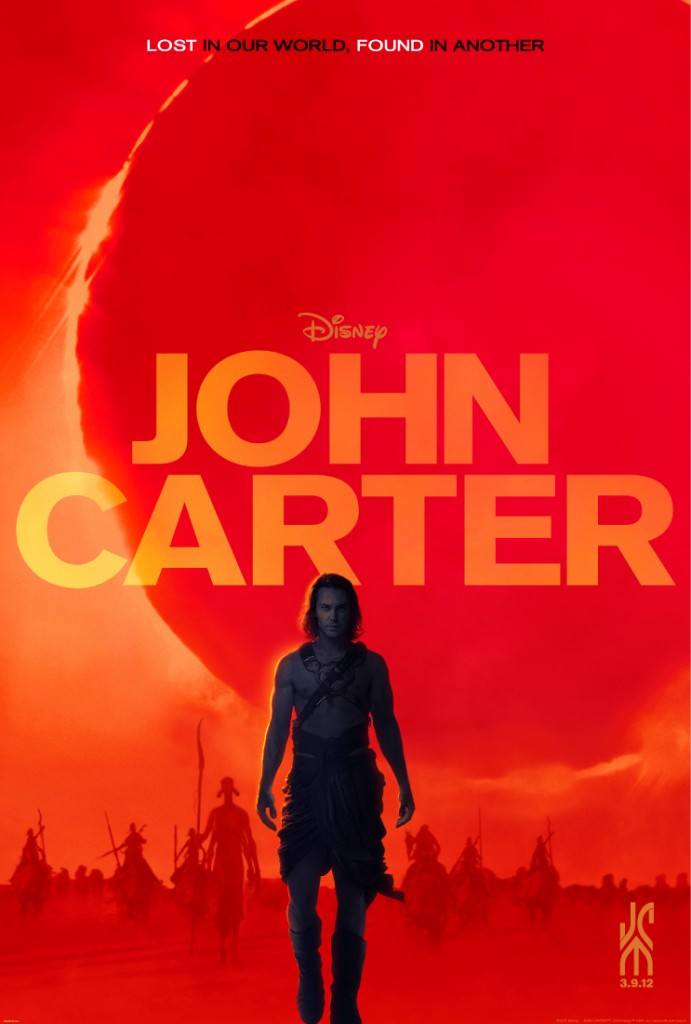 |
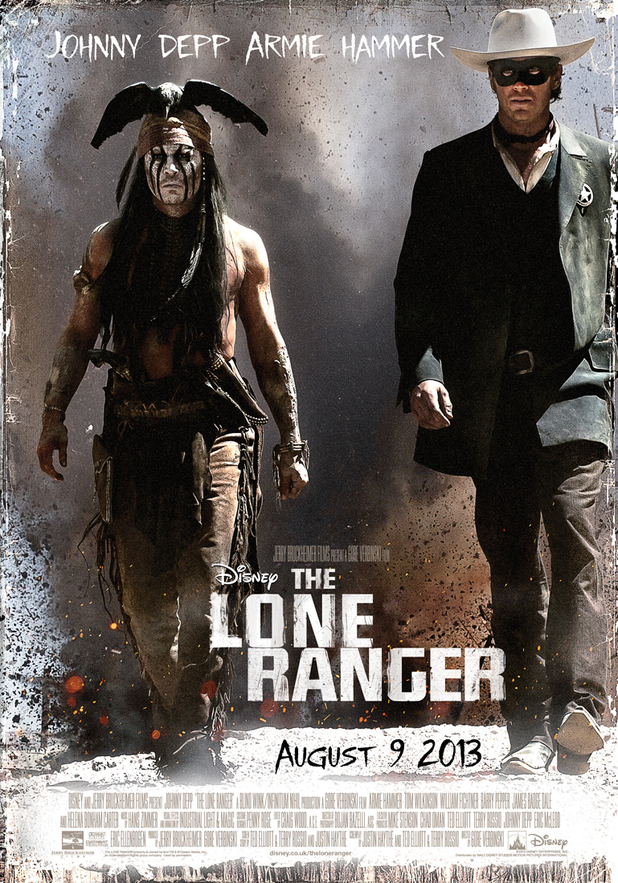 |
| $250 Million Budget | $215 Million Budget |
Notice the words “production budget” in that last sentence — that’s the budget used to complete the film, from pre-production to post-production. A large chunk of the extra money, the money that necessitates a multiplier, goes towards marketing a film.
How to Be Cost Effective
This all begs the question: Is Hollywood actually being cost effective? According to Oliver Luckett, CEO of the digital marketing company TheAudience, they’re not. At all. Here’s what he had to say when he was interviewed by TheWrap:
“I think there’s a tremendous amount of inertia in the movie-marketing business. I think that it’s status quo to spend tremendous amounts of money through broad campaigns. I think it takes a little more work, but you can be remarkably efficient in an iterative way, and not just this ‘I’m gonna spend 100 million dollar marketing this movie no matter what.”
It’s not as though Hollywood executives are a homogeneous mass of Luddite flesh, they just haven’t realized the potential value of new technologies like social media outlets can have on their box office haul. Luckett criticizes the “notion that you spend $100 million on TV ads, especially when the data tells you that your 18-to-24 audience isn’t even watching TV.” He goes on to ask “If the data says you should try to reach XYZ directly through the social graph, why aren’t you putting your resources there?”
It’s about being as cost-effective as possible. If studios didn’t have a 1.5 times multiplier applied to each of their films it would be much easier to turn a bigger profit. Luckett’s company TheAudience worked with fledgling distributor A24 Films to market their 2013 films Spring Breakers and The Spectacular Now. While neither was a box-office smash, each turned a respectable profit, mostly by avoiding heavy marketing costs.
Each of these movies has had some of the highest per-screen averages this year, and very little, if any, traditional marketing goes into those movies. Those are almost entirely social. -Oliver Luckett
And this social nature pays off — Spring Breakers grossed nearly $32 million on a $5 million budget while The Spectacular Now has grossed nearly $7 million on a $2.5 million budget. That’s success. It may not be Iron Man level success, but it doesn’t have to be. By using a cheaper alternative to marketing, the potential profitability of these inexpensive films skyrocketed.
The Hunger Games Revolution
While Oliver Luckett points to Spring Breakers and The Spectacular Now for successful social media campaigns, Lionsgate’s 2012 film The Hunger Games represents one of the strongest and financially lucrative campaigns of all time.
In a lot of ways, Lionsgate was the perfect studio to employ such an inventive web of digital marketing. As an independent studio or a “mini-major,” they don’t have a huge, deep-pocketed conglomerate like Viacom or The Walt Disney Company helping with marketing. With a smaller production and marketing budget they had to make sure every dollar counted.
And Lionsgate won. Look no further than the $153 million The Hunger Games opened to in March of 2012. Skeptics can attribute this success to the book’s built in fanbase, but this opening was huge. Gargantuan. Record-Breaking. The most profitable opening weekend of any non-sequel ever. This level of success couldn’t have come from fans of the book alone — the only Harry Potter film to have such a successful weekend was the last in the series, Deathly Hallows Part II.
How Did They Accomplish This?
How could this be possible? How could an independent studio production with a $78 million budget (vs. the $250 million of Harry Potter’s Deathly Hallows films) open to $153 million, especially when their marketing costs were extremely limited?
It’s simple. They went where their audience was, where they could make the biggest splash with the smallest stone.
They went to social media.
According to Daniel Frankel with paidcontent.org, most major studios create “an illusion of social media buzz” by distributing typical film-related detritus. You have your poster, your casting announcement, perhaps some behind the scene’s photos. Meanwhile, Lionsgate “put its resources into creating rich-media elements that far outstrip the ambition of simple games and other movie collateral.”
Before we continue, would you like to pause for an interactive tour of a Hunger Games’ city? How about their most decadent and imposing option, The Capitol itself? Thanks to Lionsgate, this tour is just a click away. For the first film, Lionsgate created “an interactive experience rendered from the book with painstaking detail.” Fans of the book could (and still can) login and explore a city they’d only read about. Lionsgate “activated the core fan base from day one, fired them up and let them carry the message to their friends, which in turn grew the fan base.” With The Hunger Games: Catching Fire opening on November 22nd, you can bet The Capitol tour site will be staffing up for another busy round of excursions.
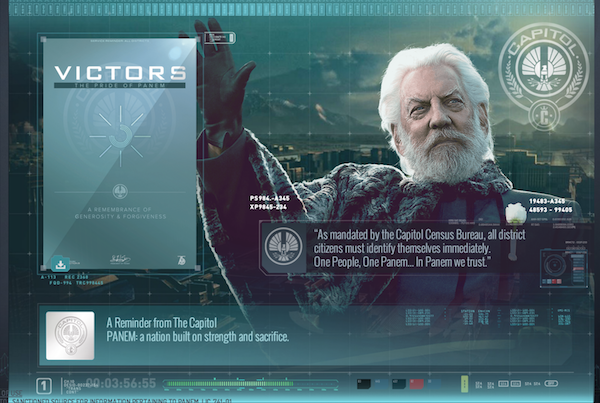
For Lionsgate, it didn’t stop there. They didn’t only create new content that worked hand-in-hand with social media, they let their entire marketing effort revolve around the film’s different digital platforms. Aki Karpel at fastcocreate.com explained that Lionsgate’s executives Tim Palen, Erika Schimik, and Danielle DePalma realized early on that The Hunger Games fan base was not only active online but already building up buzz and anticipation regarding the film.
To tap into and expand this market, they made Facebook the “essential gathering place for fans and the place where they could gain information, access and community.” Lionsgate first announced the film’s principal cast on the Facebook page and began offering fans a chance to tour the set shortly after. Danielle DePalma said “it was really all our way of developing that direct connection and that direct dialogue with them.”
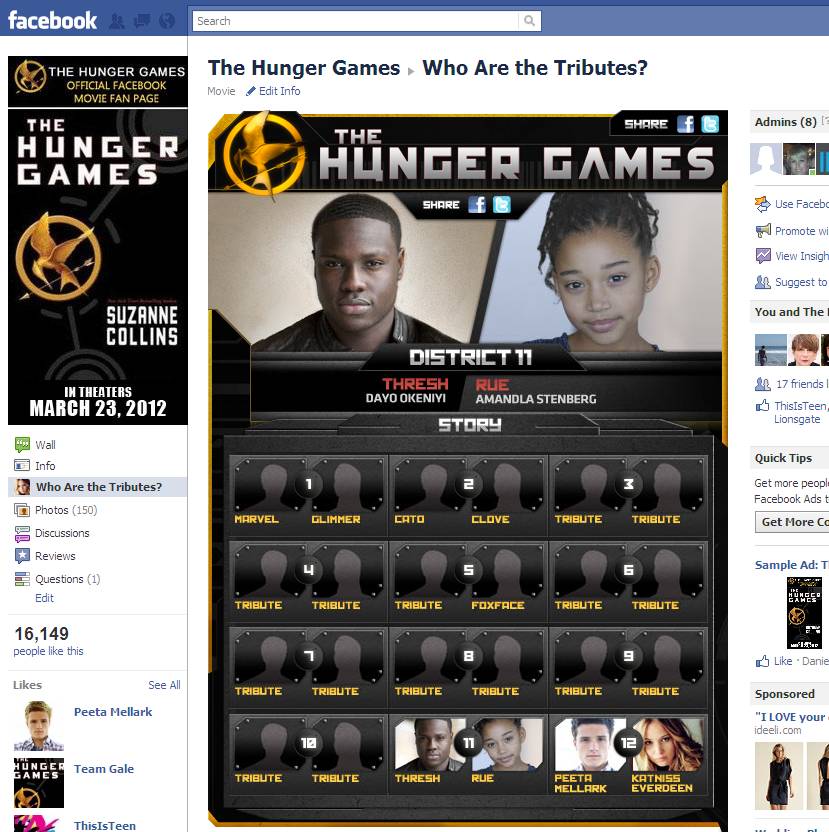
Each social media platform has specific strengths and weaknesses. The Lionsgate team structured their campaign to exploit each platform’s inherent benefits. If Facebook was the gathering place, Twitter was the best way to establish identity and communicate with non-fans. Hunger Games TV ads announced a new hashtag that kickstarted the next aspect of their digital rollout. Tumblr is the most visual of platforms, so The Hunger Games created a Capitol Couture blog that shows off the outlandish fashion sense of the fictional Capitol. Shortly thereafter, billboards and bus stop ads appeared, spreading this really inventive strategy even further.
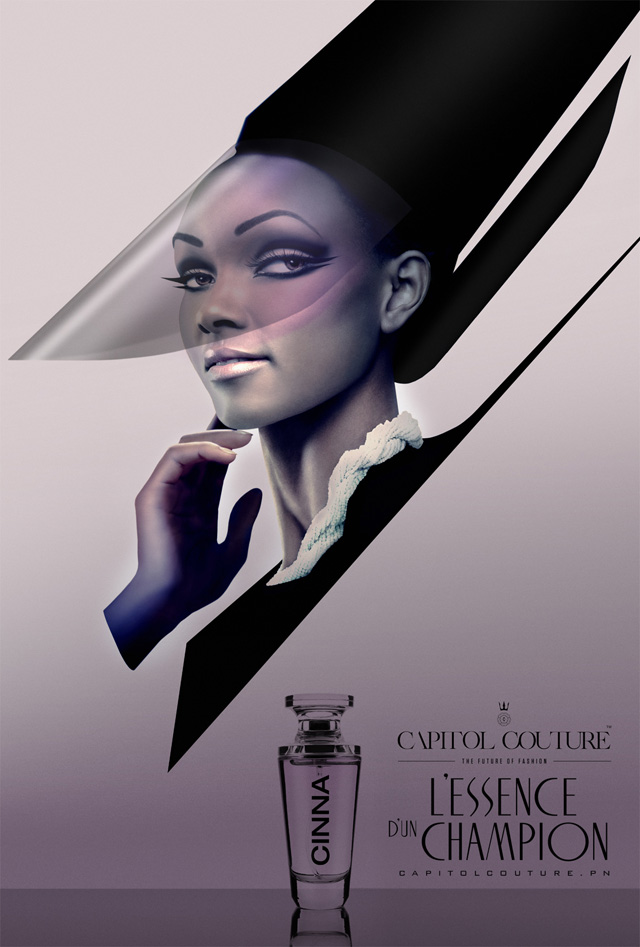
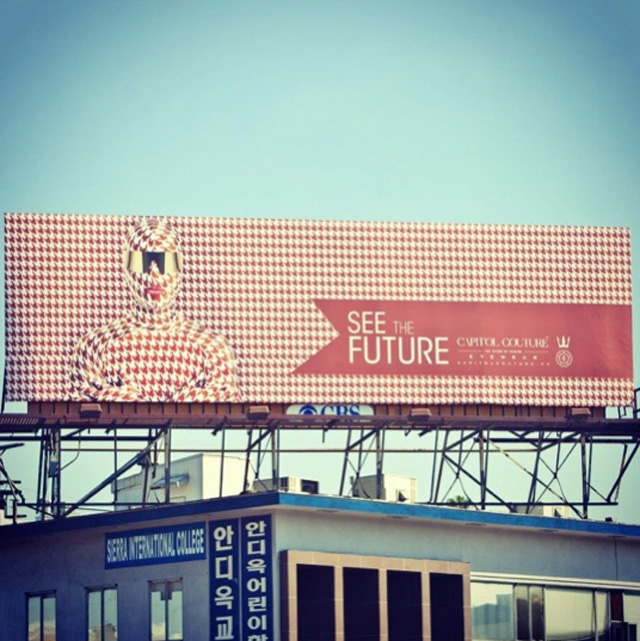
It’s worth pointing out that every aspect of the campaign was inspired by Suzanne Collins’ source material. The team at Lionsgate created an entirely new adaptation of this existing product, but made sure they respected both it and its fans. Not only that, they used it almost as a business partner, turning to it for new ideas and specifics. This simultaneously earned the respect of die hard fans while convincing newcomers that this world was intriguing enough to visit in theaters.
Was Lionsgate Really That Successful?
The evidence is even more powerful when you look at the financial track record of other Young Adult adaptations. Some have been profitable, but a shocking number of them have underperformed, especially if we apply the 1.5 multiplier. Films adaptations come with a built in audience, so it’s surprising when so many “flop.” For every Harry Potter series, there’s another that never got a second chance. With so many external variables, it’s impossible to give all the credit to Lionsgate / Summit’s digital marketing efforts, but it’s worth noting how much bigger their success has been.
Lionsgate/Summit Productions
The Hunger Games:
Production Budget: $78 million
Worldwide Gross: $691 million
New Moon:
Production Budget: $50 million
Worldwide Gross: $709 million
Other Production Companies
The Mortal Instruments: City of Bones
Production Budget: $60 million
Worldwide Gross: $80 million
Beautiful Creatures:
Production Budget: $60 million
Worldwide Gross: $60 million
What This Means for Your Business
This article isn’t for Hollywood. Hollywood isn’t going to read it, and if Oliver Luckett is correct then they’ll be too obsessed with their current model to make any sudden changes. This article is a chance for you to take a step back and observe unbiased evidence that digital marketing can work.
The Hunger Games is really worth analyzing because of how much success they achieved with their limited budget. It’s true that even a mini-major’s “limited” budget probably exceeds your own, but they succeeded more because of their ideas and content than their financial muscle flexing.
Oliver Luckett’s biggest criticism in his interview is that Hollywood isn’t being cost effective and it’s hurting the entire industry. Sure, Luckett’s entrepreneurial effort relies on Hollywood’s business, but his criticisms are still completely valid. And they can apply to you and your business as well. Are you being cost effective? Should you look into a digital marketing campaign as well?
The first step is researching your target demographic. Which form of marketing will reach the most amount of people? If you’re trying to entice a younger crowd, the 18-24 year old demographic Luckett mentioned, then digital marketing is your best bet. Not only is it cheaper than traditional advertising, it may actually be effective. If your audience isn’t watching your television ads, then the cost is actively hurting your business.
Not only is digital marketing often cheaper, it’s more immediate. There are a wide variety of analytics tools that let you monitor traffic and results in real time. You can create a community of supporters and potential customers, a place where two way communication is easy and encouraged. Though this type of interaction may seem impersonable, you can hit your target market in one place, at one time. And these digital outlets are even more effective when they open the door to traditional communication. You can respond to posts directly on social media or point customers towards other, more personal outlets.
If traditional marketing still reaches a majority of your audience, consider blending it with digital marketing to encourage growth. Each method can complement the other, hitting all the demographics you’re looking for. If you’re marketing toys, for example, you want to reach the children and the parents with the money. You can do traditional television ads as well as a social media blitz to make sure everyone sees your product.
The Hunger Games proved that unique content is the most alluring and effective, so consider funneling your demographic to social media platforms where this content can be easily accessed and shared. You already believe in your product or service, and social media can help grow your fanbase. A clever, interesting, fan centered social media campaign can turn a product you love into something completely different — something that everyone else will love as well.
Lionsgate / Summit Productions:
Twilight:
Production Budget: $37 million
Worldwide Gross: $393 million
New Moon:
Production Budget: $50 million
Worldwide Gross: $709 million
Eclipse:
Production Budget: $68 million
Worldwide Gross: $698 million
Breaking Dawn Part I:
Production Budget: $110 million
Worldwide Gross: $712 million
Breaking Dawn Part II:
Production Budget: $120 million
Worldwide Gross: $829 million
The Hunger Games:
Production Budget: $78 million
Worldwide Gross: $691 million
——————–
Other Production Companies
Percy Jackson: The Lightning Thief:
Production Budget: $95 million
Worldwide Gross: $226 million
Percy Jackson: Sea of Monsters:
Production Budget: $90 million
Worldwide Gross: $195 million
Bridge to Terebithia:
Production Budget: $20 million
Worldwide Gross: $137 million
Lemony Snicket’s A Series of Unfortunate Events:
Production Budget: $140 million
Worldwide Gross: $209 million
Eragon:
Production Budget: $100 million
Worldwide Gross: $249 million
The Spiderwick Chronicles:
Production Budget: $90 million
Worldwide Gross: $162 million
I Am Number Four:
Production Budget: $60 million
Worldwide Gross: $149 million
The Mortal Instruments: City of Bones:
Production Budget: $60 million
Worldwide Gross: $80 million
The Host:
Production Budget: $40 million
Worldwide Gross: $48 million
Beautiful Creatures:
Production Budget: $60 million
Worldwide Gross: $60 million
Inkheart:
Production Budget: $60 million
Worldwide Gross: $62 million
Cirque Du Freak: The Vampire’s Assistant:
Production Budget: $40 million
Worldwide Gross: $39 million

